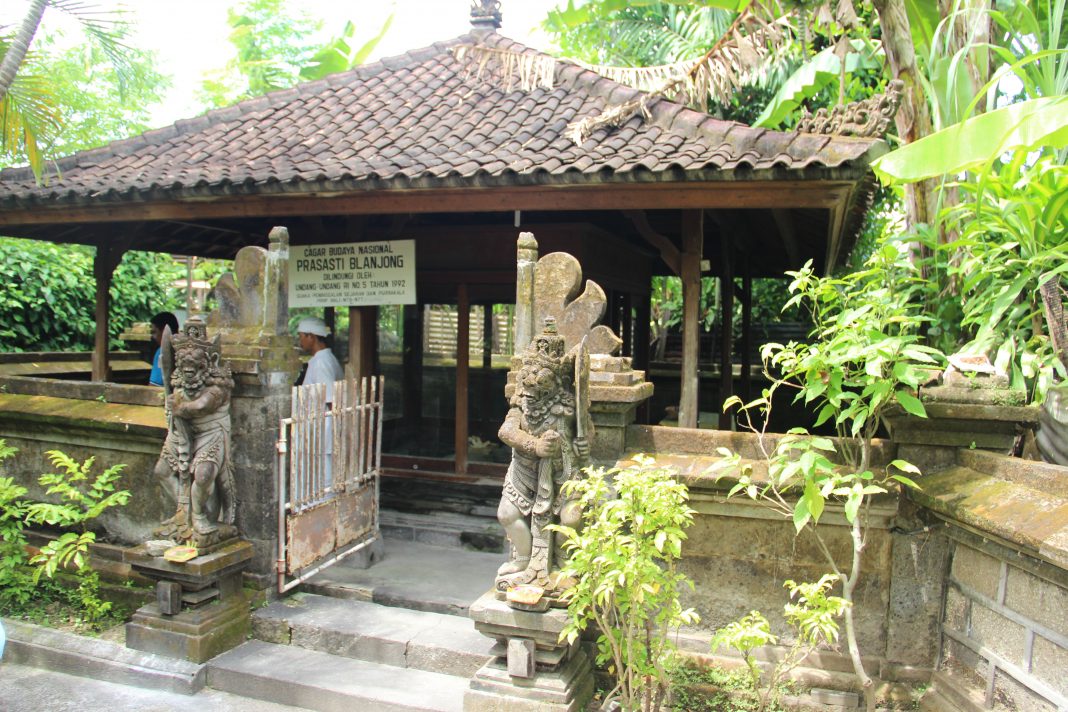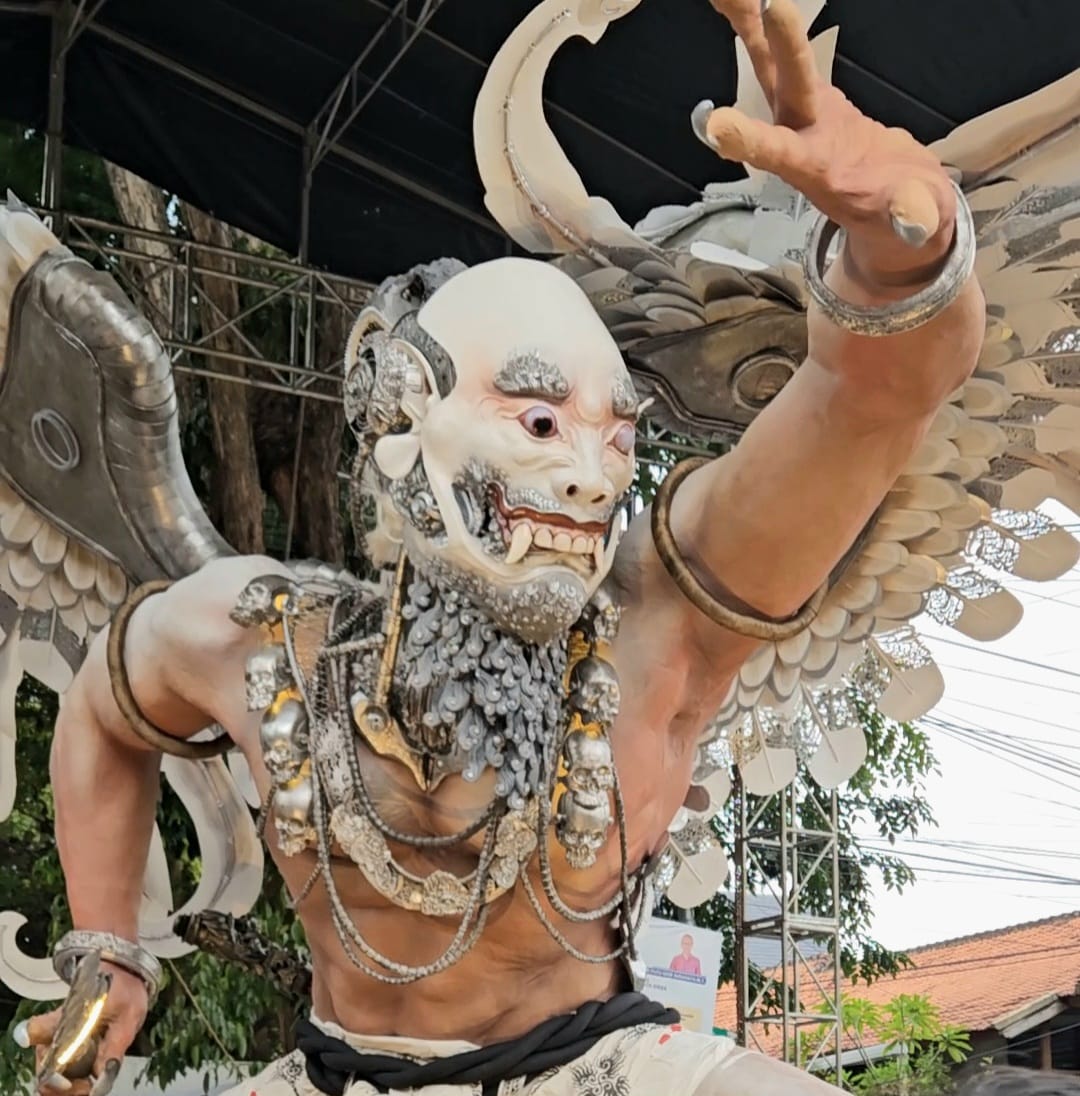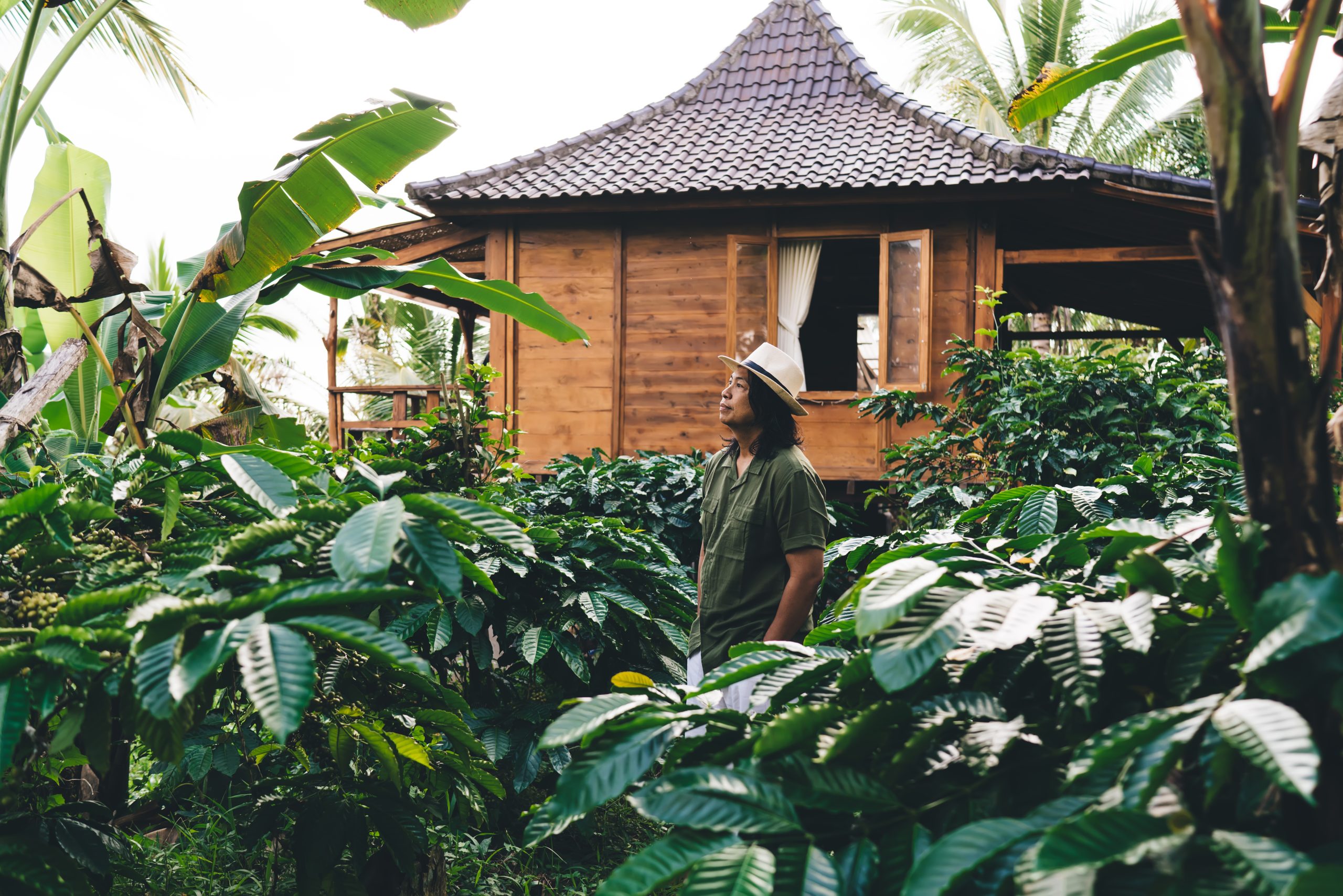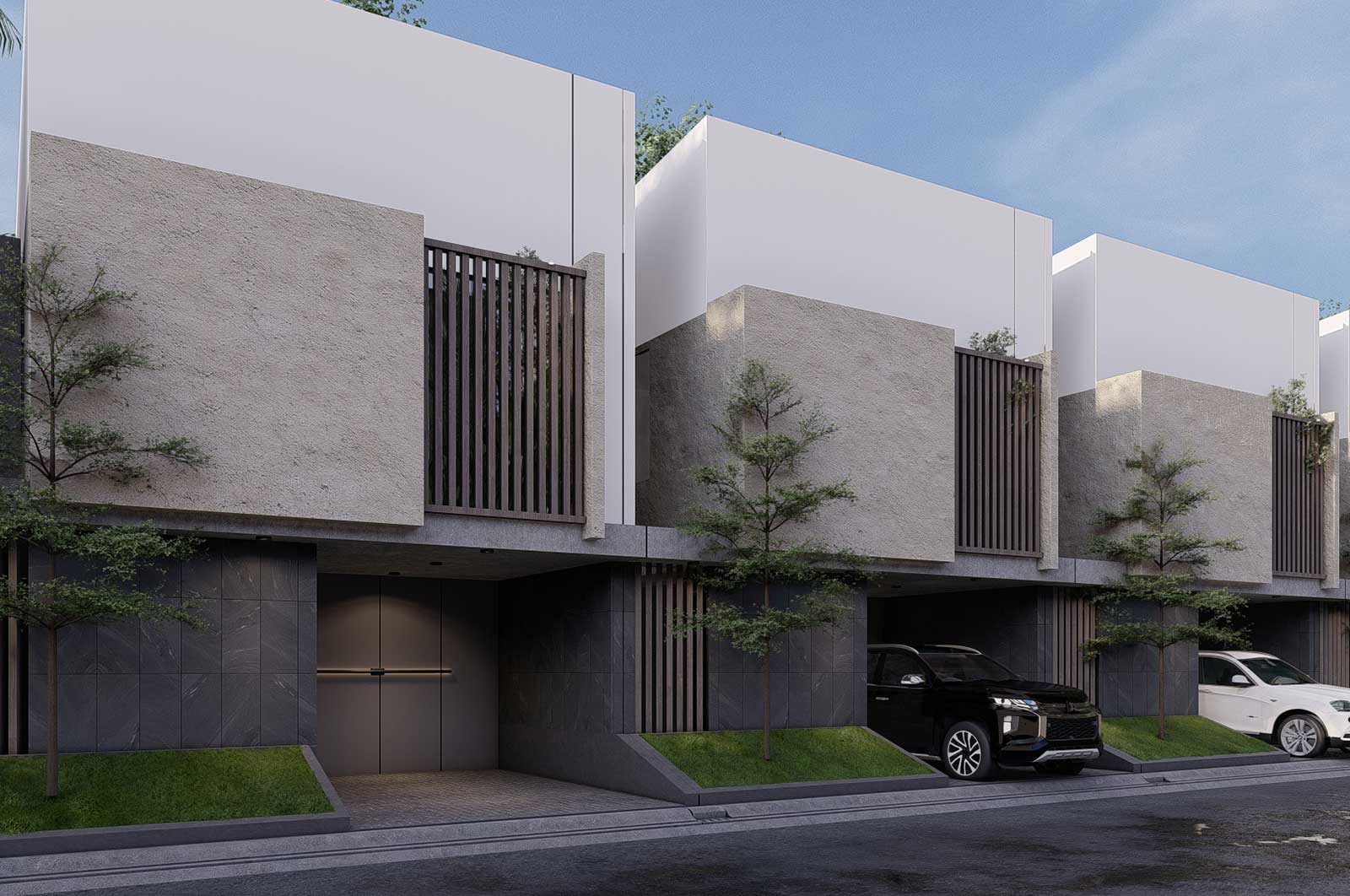Why Bali Is Special: A Deep Look into Its Culture, Community, and Origins

The Origins: Tracing the Roots of Bali’s Culture
The earliest known settlers in Bali were Austronesian peoples who migrated from Taiwan through the Philippines around 2000 BCE. These early communities brought agricultural knowledge and spiritual practices based on animism; their influence still lingers in many aspects of Balinese ceremonies. Over time, Bali became an important point along the trade routes connecting India, China, and Southeast Asia. With this contact came significant cultural influences, especially from India.Hinduism and Buddhism were introduced around the first century CE through these maritime connections. The island absorbed these philosophies and merged them with local customs. One of the oldest remains of Balinese cultural heritage is the Blanjong Inscription, which was made during the reign of King Sri Kesari Warmadewa in 911 AD. The Blanjong inscription is one of the oldest relics found on the island of Bali. It was written using two languages and scripts, namely Sanskrit written in Old Balinese (Kawi) letters, while Old Balinese was written in Pre Negari letters. This inscription is very important because it contains the words that later became the name of the island of Bali. These discoveries provide evidence of a complex and organized society, also, evidence of cultural acculturation.
 In the 15th century, the fall of the Hindu Majapahit Empire in Java caused a migration of nobles, priests, and artists to Bali. This event is considered one of the most defining in Balinese history; it preserved classical Javanese culture and solidified a version of Hinduism that is now unique to Bali. Unlike the rest of Indonesia, which later adopted Islam, Bali continued developing its form of Hindu Dharma, which remains central to Balinese identity today.
In the 15th century, the fall of the Hindu Majapahit Empire in Java caused a migration of nobles, priests, and artists to Bali. This event is considered one of the most defining in Balinese history; it preserved classical Javanese culture and solidified a version of Hinduism that is now unique to Bali. Unlike the rest of Indonesia, which later adopted Islam, Bali continued developing its form of Hindu Dharma, which remains central to Balinese identity today.
A Culture that Breathes: Daily Life and Spiritual Practice
Although Bali is strongly influenced by Hinduism, it is not to be misunderstood that the Hinduism of India and Bali is very different, a variant that stresses the latter’s ritualistic and dramatic aspects over its Philosophical and mystical ones. It is by no means merely borrowed but contains many elements unique to Bali and omits many that are important in India. Balinese Hinduism is not merely a religion practiced in temples; it is integrated into every part of life. Central to this worldview is Tri Hita Karana, the principle that harmony must be maintained in three realms: with God, with others, and with nature. This belief system shapes how people interact with the land, with each other, and with the unseen spiritual forces they honor each day.A striking example of this principle in action is the subak system: a cooperative irrigation method that distributes water among rice farmers according to need and spiritual consideration. Each rice terrace is not just a farm; it is also a sacred space. Temples dedicated to water deities oversee the system, blending engineering with ecology and spirituality. In 2012, UNESCO recognized this landscape as a World Heritage Site due to its cultural and environmental significance.
Religious offerings are a daily occurrence; canang sari—small trays filled with flowers, rice, and incense—are placed on doorsteps, car dashboards, and altars. These are not decorative items; they are sincere gestures of gratitude and a way to maintain cosmic balance. Full moon ceremonies, temple festivals, and life-cycle rituals such as tooth filings (metatah or mepandes) and cremations (ngaben) are not limited to the religious elite; they are shared experiences that involve entire communities.
What We Offer
At Waluya Development Group, we go beyond traditional real estate, providing secure, high-value investment opportunities in Bali’s most sought-after locations. From fully owned land to high-yield rental returns, our developments are designed to maximize security, flexibility, and profitability. Here’s what sets us apart:
Fuly Owned Land With Flexible Opportunities
Unlike most developers who lease land, Waluya Development Group offers properties on fully owned land, ensuring security and flexibility in every investment.
Long-Term Leasehold Advantage
We provide 75-year leasehold options, significantly longer than the market standard of 30 years, giving investors extended security and peace of mind.
High Liquidity Investments
We carefully select prime Bali locations and craft innovative developments that maximize value, allowing investors to benefit from high liquidity
Effortless Passive Income
Waluya Development Group handles every aspect of renting your villa, so you can relax while your income grows.
Rapid Return on Investment
With Bali’s thriving demand for vacation rentals, oceanside properties can yield up to $5,000 in monthly earnings.
The Strength of Community: More Than a Social Structure
What truly distinguishes Bali from other destinations is its community spirit. Every Balinese person belongs to several layers of social groups: the extended family, the banjar (a form of local council), and the temple-based village association. These networks are not casual, they define a person’s responsibilities, privileges, and identity in domestic and public roles.The banjar is the foundation of community life. It manages social events, resolves conflicts, and ensures that rituals are conducted properly. When a family hosts a wedding or cremation, the entire banjar helps. Labor, food, and costs are shared, participation is not optional but expected. This sense of obligation reinforces social cohesion and ensures that no one faces major life events alone.
Anthropologists Hildred Geertz and Clifford Geertz in book Kinship in Bali (1975), described this social order as the hamlet. This usage appears in phrases like “the opposition between group and community.” However, the identification of banjar with community is far from consistent. Many other types of groups can function as “the community” in a commoner’s life, and the roles and powers of the hamlet are often limited. Because of this variation, the Balinese hamlet does not align with idealized models such as Redfield’s “small community” or the “village republic” described by Goris and Korn.
The governing body of the hamlet, the krama banjar, consists of all adult male citizens. Each man must have a female partner to qualify. This partner is usually his wife, but in her absence, a sister, mother, or daughter may serve the role. If a man does not have such a partner, he is typically excluded from the council. This is because many council responsibilities involve women’s work, such as preparing offerings for religious ceremonies.
The definition of adulthood varies among adat villages. In some, a man becomes an adult when he marries; in others, when he has his first child. In certain villages, he only qualifies after his father dies and he assumes his father’s place. In these latter cases, councils tend to be smaller. Only one brother may hold a seat at a time, while the others assist with tasks but have no voting role. Rules for retirement from the council also differ between villages, reflecting the diversity and complexity of local traditions. It is not based on formal elections or bureaucracies but on mutual trust, respect, and continuity . These close-knit communities make Bali remarkably resilient. Even as tourism brings rapid development, most traditional villages maintain their local governance, religious obligations, and communal values.
Art and Expression: More Than Performance
Balinese art is another window into the island’s soul. Here, art is not separate from life; it is part of religious and community expression. Dance, music, sculpture, and painting are all infused with spiritual meaning. Performances are not solely for entertainment; they are offerings to the gods.Traditional dances like the Barong, Legong, and Kecak are deeply symbolic. Each movement tells a story from Hindu epics such as the Ramayana or Mahabharata. Children are trained from an early age in these forms, not necessarily to become professional artists, but because cultural participation is a duty. Every temple festival includes music from a gamelan orchestra and choreographed rituals; art and religion blend seamlessly.
Woodcarving and painting also reflect sacred themes. Masks are carved not just for visual effect but to embody spiritual forces; before use, they are blessed in a ritual. These artistic practices continue to evolve; modern Balinese artists often incorporate contemporary themes without abandoning traditional forms.
One of the most profound artistic and symbolic expressions in Balinese culture appears during the preparations for Nyepi, the Balinese New Year. In the days leading up to this sacred day, villages create towering ogoh-ogoh, an elaborate effigies representing demonic forces and negative energies. These figures are built from bamboo frames, cloth, paint, and papier-mâché, often with exaggerated faces and dramatic gestures. Their construction involves collaboration among sculptors, painters, dancers, and musicians. The result is not only a visual spectacle but also a ritual object, used to absorb and represent chaos before being ceremonially eliminated.
FAQ
We understand that investing in property comes with many questions. Below, you’ll find clear and concise answers to key aspects of our offerings, including payment structure, ownership options, property details, and construction timelines. Our goal is to provide you with transparency and confidence every step of the way. If you need further assistance, our team is always ready to help.
Payment Structure
Our payment schedule is designed to be flexible and structured as follows:
10% Deposit – Parked in an escrow account.
30% Down Payment – Due at the notary signing.
12% Quarterly Installments – Paid every quarter.
4% Monthly Installments – Paid every month.
Ownership & Extention
Buyers can choose between:
- Freehold ownership (available to Indonesian nationals or foreign buyers via a PT PMA
company structure). - 75-year Leasehold, which provides long-term security and flexibility for international
investors.
Significantly longer than the market standard of 30 years, giving investors extended security and peace of mind.
Property Detail & Location
Melasti Hills is located just five minutes from the pristine shores of Melasti Beach, one of Bali’s fastest-growing areas. The region is known for its stunning landscapes, luxury beach clubs, and growing tourism demand, making it an ideal location for investors seeking high returns and long-term value appreciation.
There are two types available for your Investments
- Kairos Aruna: 2-bedroom villa, 110m2 land, 192m2 floor area.
- Kairos Cahaya: 2-bedroom villa, 140m2 land, 214m2 floor area.
Each villa is designed with luxury, comfort, and functionality in mind.
Construction & Timeline
Construction is scheduled for completion latest 15 months after signing at notary. Buyers will receive regular updates throughout the process.

On the night before Nyepi, the ogoh-ogoh are paraded through the streets with choreographed movement and intense gamelan rhythms. The atmosphere is charged with theatrical energy; the performances blur the line between art and ritual. After the procession, the effigies are burned in a symbolic act of purification. This is followed by a full day of silence, during which no activity, travel, or fire is allowed. The shift from overwhelming noise and color to complete stillness is striking. It reflects how Balinese art does more than entertain; it channels cosmic forces, creates communal focus, and frames life within a cycle of disorder, cleansing, and renewal.
Endurance Through Time: Facing Change Without Losing Identity
Throughout history, Bali has faced external pressures, from colonization to modern tourism. The Dutch invaded in the early 20th century and attempted to control local customs; Balinese responses included mass puputan (ritual suicides) to resist domination. These tragic events, such as the 1906 puputan in Denpasar, remain etched in national memory.During the political upheavals of the 1960s, Bali also suffered during the anti-communist purges that swept through Indonesia. Tens of thousands died, and many cultural leaders were lost. Despite these traumas, the island’s core values, community, ceremony, spirituality, have persisted. Cultural education is still emphasized; children grow up learning dance, language, and rituals alongside modern subjects.
Today, Bali balances tradition with tourism. Visitors are welcome, but local customs still take precedence in many areas. Villages set rules for behavior during temple ceremonies; dress codes and respectful conduct are expected. These boundaries help Bali maintain its identity in a rapidly globalizing world.
Conclusion: The Soul of Bali
Bali is not special because it is beautiful; it is special because it is alive. Its history is not confined to books; it is visible in the way people live. Spiritual beliefs are not practiced on weekends; they are woven into every meal, every offering, every act of kindness.The community structure is not nostalgic or ceremonial; it is a practical and powerful force that sustains families and villages. The culture is not frozen in time; it evolves with grace, staying relevant while honoring the past.
To visit Bali is to witness a society where beauty, spirit, and community are not separated but united. For those willing to see beyond the surface, Bali offers something rare: a living example of how culture can survive and thrive through every challenge.
To begin your journey toward living in Bali, consult with Waluya Development to find the ideal location and property for your needs; then, experience the magic of Bali for yourself.









